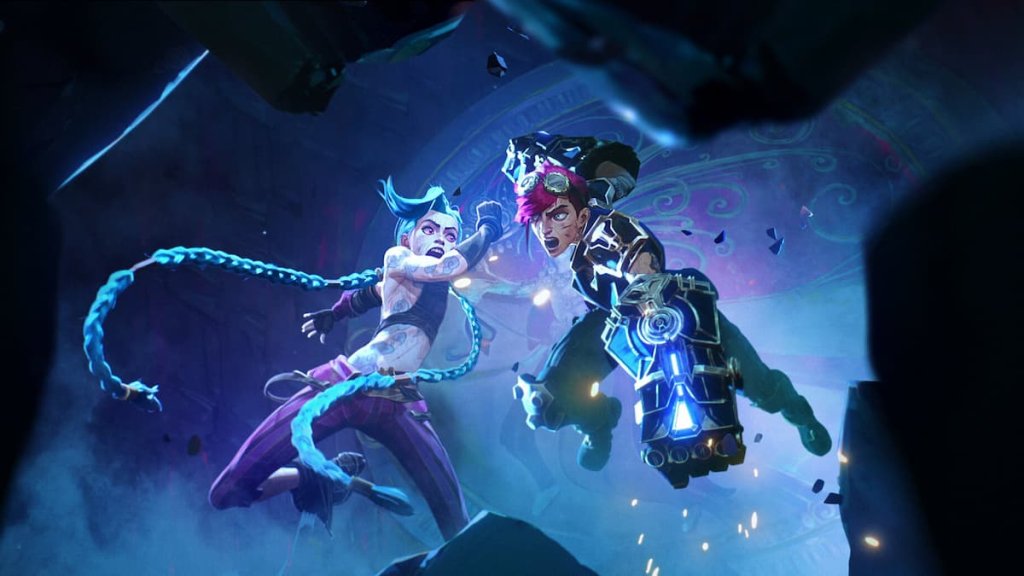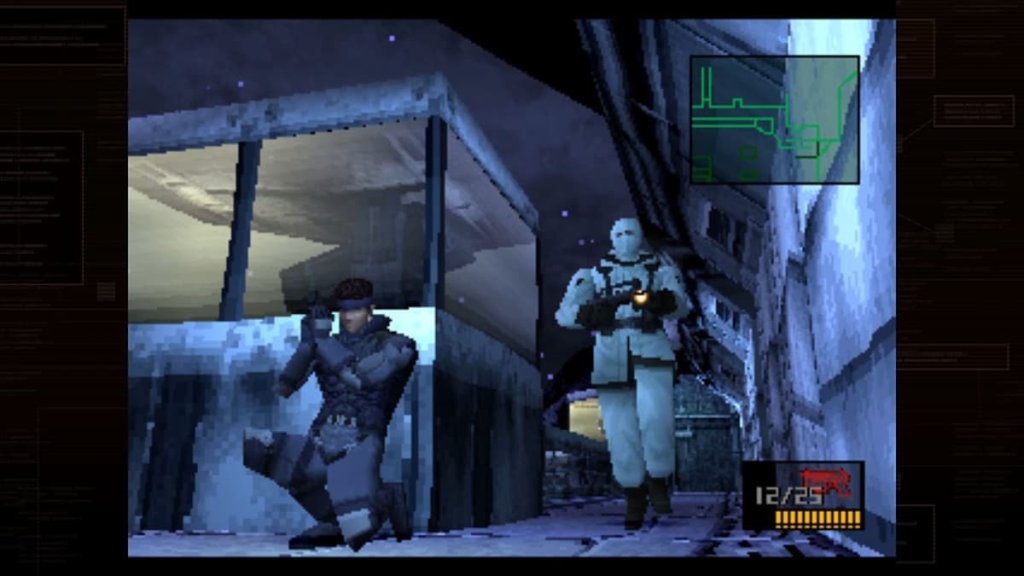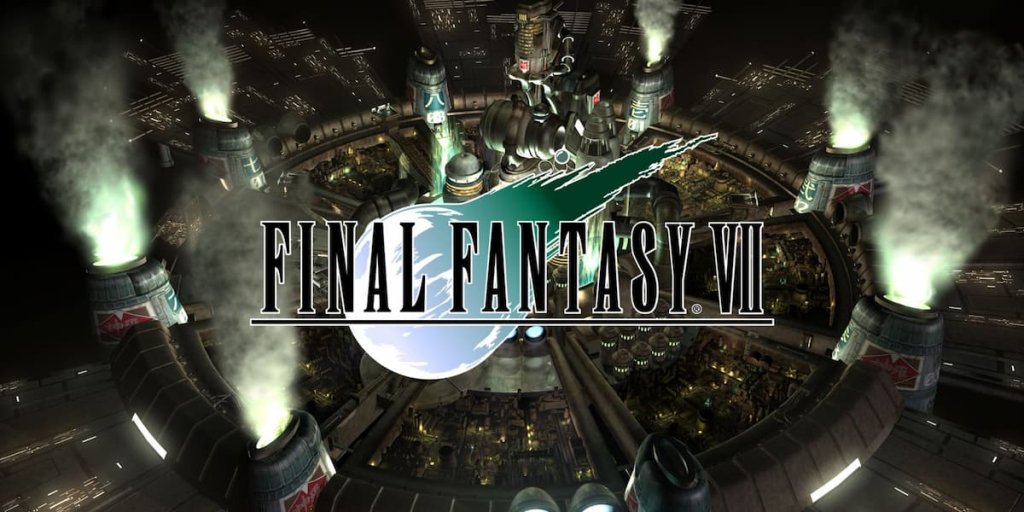Wuchang Fallen Feathers Release Date: Soulslike Combat and Chinese Folklore
Wuchang Fallen Feathers release date has been set. Soulslike fans should keep this one on their radar! The official release date for Wuchang: Fallen Feathers is July 24, 2025, and it’s coming to PlayStation 5, Xbox Series X|S, and PC (Steam, Epic, and Microsoft Store). It’s also launching day one on Xbox Game Pass.
Developed by Chinese studio Leenzee, it’s a dark action-RPG rooted in Chinese mythology, similar to Black Myth: Wukong, but grittier and more grounded. Set during the fall of the Ming Dynasty, it’s been flying under the radar, but that’s about to change. Here’s what you need to know.

Image Credits: Leenzee
Chinese Mythology and Souls-like Combat
You play as Bai Wuchang, a mysterious pirate warrior suffering from memory loss and a nasty supernatural disease known as the Feathering—a condition that mutates people into bird-like monsters.
- The game’s story mixes real Chinese history with heavy folklore elements.
- In this choices-matter game, your actions can lead to multiple endings.
- You’ll be exploring cursed villages, forgotten temples, and eerie ruins while trying to piece together your past.
Combat is souls-like, and this is where Wuchang shines. You’ll have access to over 25 weapons split into five categories, from dual blades to heavy axes. These aren’t just for show either—they come with unique skills and can be upgraded with Red Mercury, a mysterious material that lets you tweak your build to match your playstyle.
There’s also magic (or “occult arts”) to consider. You’ll unlock 40 different spells, like summoning fiery masks, unleashing shockwaves, or freezing enemies with icy blasts. If you like mixing swordplay with sorcery, you’re going to feel right at home.
A feast for the eyes—and ears
Wuchang runs on Unreal Engine 5, so expect gorgeous environments and terrifying creature designs. The world feels gritty and grounded, but with just the right dose of supernatural weirdness. You’ll visit decaying villages, haunted forests, and ancient strongholds—all dripping with atmosphere.
And the music? It’s handled by Zhong Ziqi (aka Anti-General), a hybrid of traditional Chinese instruments with electronic sounds for a vibe that’s both haunting and cinematic.
Pre-Orders and Bonus Content
If you’re the type who likes extras, pre-ordering gets you the “Night & White Pack”, which includes:
- Two enhanced costume sets (Night Spectre & White Spectre)
- The Vermillion War Club (a brutal axe)
- A Red Mercury skill upgrade item
There’s also a Deluxe Edition with even more goodies:
- Four bonus outfits
- Four unique weapons
- Skill upgrade item called Blood of Changhong
Will you play this game? Tell us below
If you’re into Soulslike games like The First Berserker: Khazan but want something that leans into fresh lore and unique worldbuilding, Wuchang: Fallen Feathers might be exactly what you’re looking for. Similar to Black Myth: Wukong, it is a mix of historical Chinese setting, challenging combat, and beautiful presentation gives it real potential to stand out in a crowded genre.
With the Wuchang Fallen Feathers release date officially set for July, we won’t have to wait long to see if it lives up to the hype. Keep your blade sharp—and maybe brush up on your dodging skills while you’re at it.













